Author: Aindrila Mitra
-
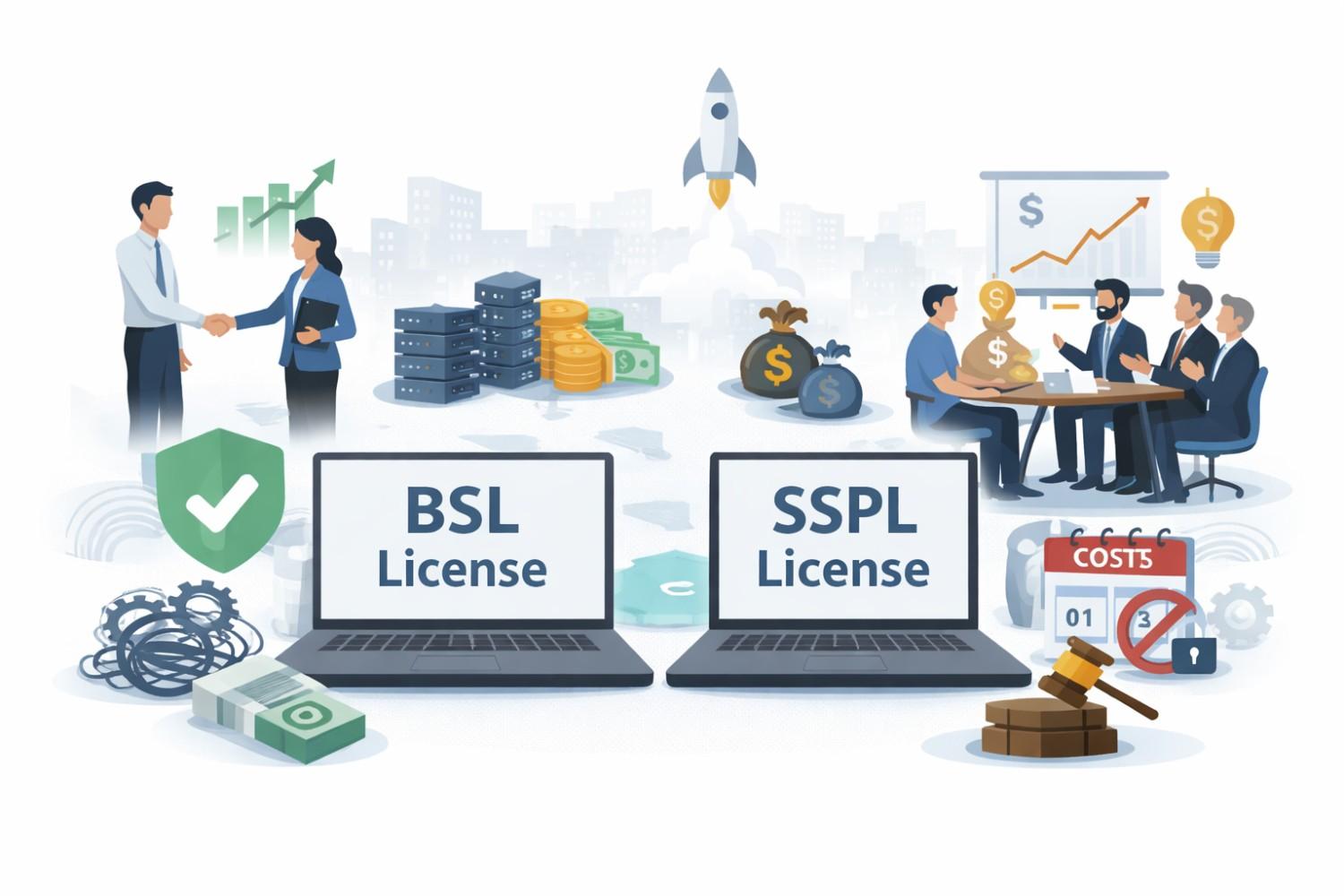
Business Source License (BSL) and SSPL: Pros, Cons, and Gotchas
If you are building software today, the license you choose can help you win—or quietly set you up to lose. Business Source License (BSL) and Server Side Public License (SSPL) were created to solve a real problem: big cloud companies taking open source work, selling it, and giving nothing back. On paper, both licenses sound…
-
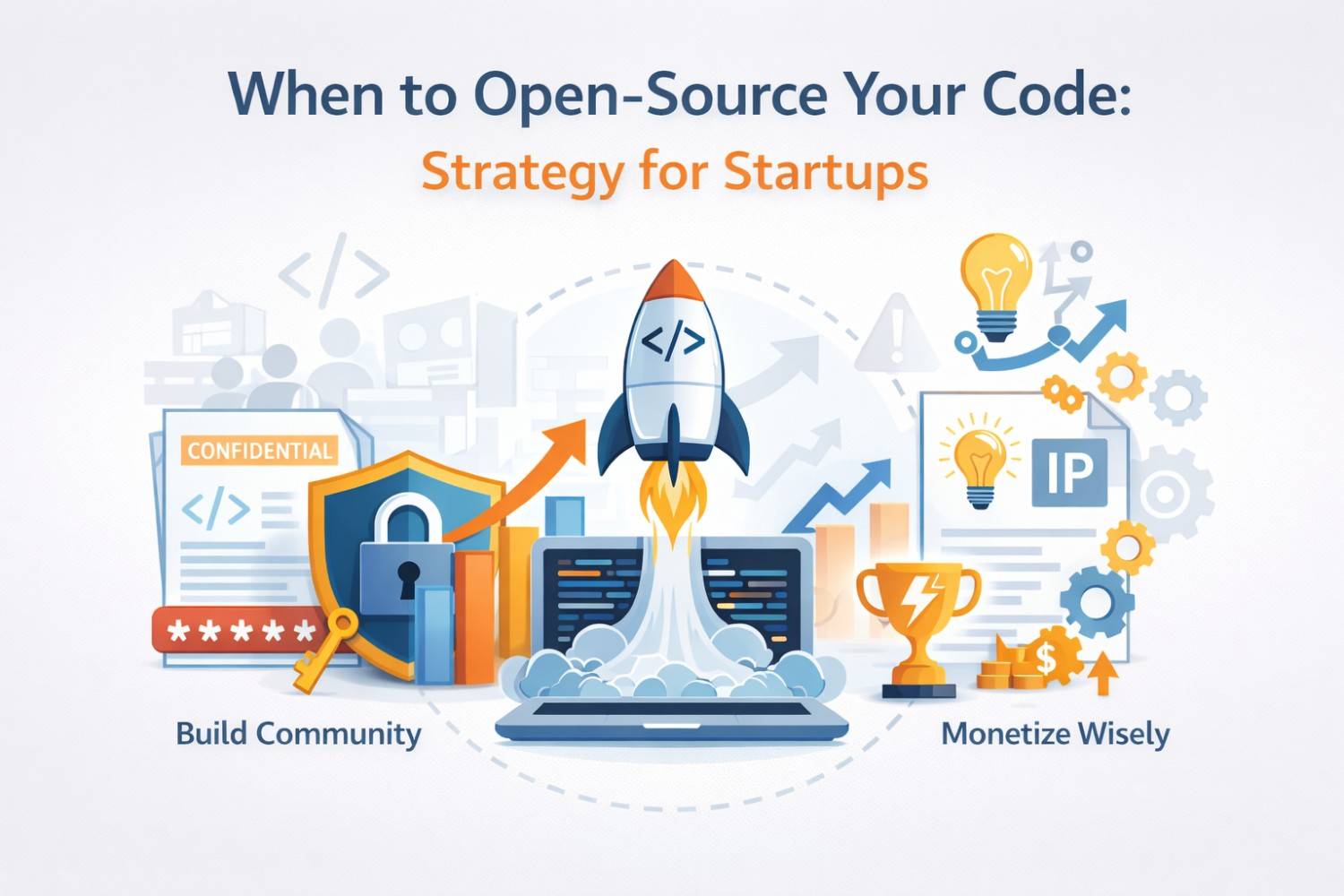
When to Open-Source Your Code: Strategy for Startups
Open-sourcing your code can feel like giving away the crown jewels. For some startups, it turns into fuel that drives growth. For others, it quietly kills leverage, value, and future options. The difference is not luck. It is timing, intent, and protection. This article is about making that choice with clear eyes. Not from a…
-
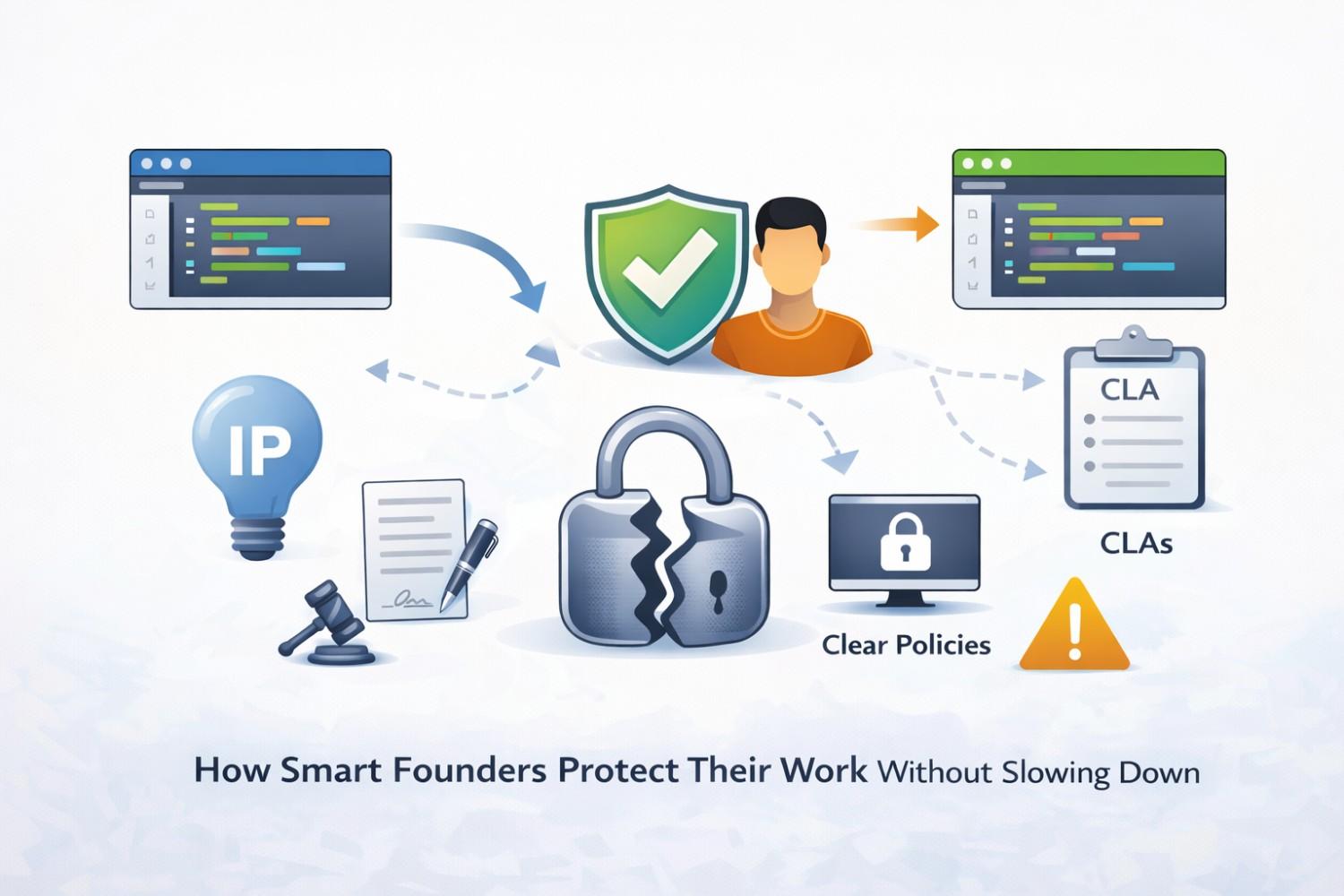
Handling Forks and Contributions: IP and Assignment Basics
If you are building software, you are dealing with forks and contributions whether you like it or not. The moment someone touches your code, copies it, improves it, or builds on top of it, questions about ownership show up. These questions do not wait until you are ready. They appear early, often quietly, and they…
-
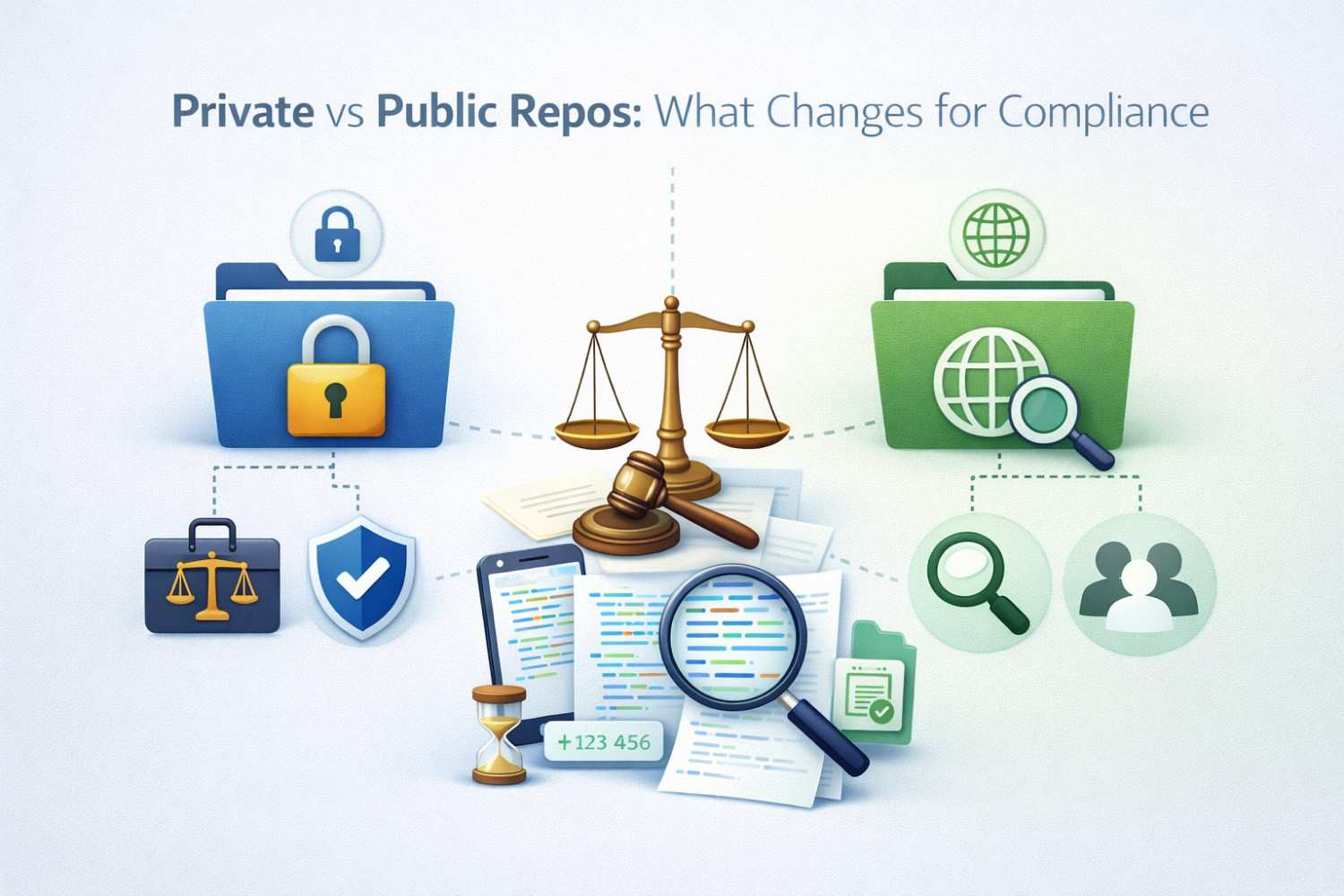
Private vs Public Repos: What Changes for Compliance
Private and public repos may look the same to an engineer, but they trigger very different compliance realities for a startup. A private repo keeps your work controlled, time-boxed, and flexible, which means you still decide when and how your invention is exposed to the world. A public repo, on the other hand, is a…
-
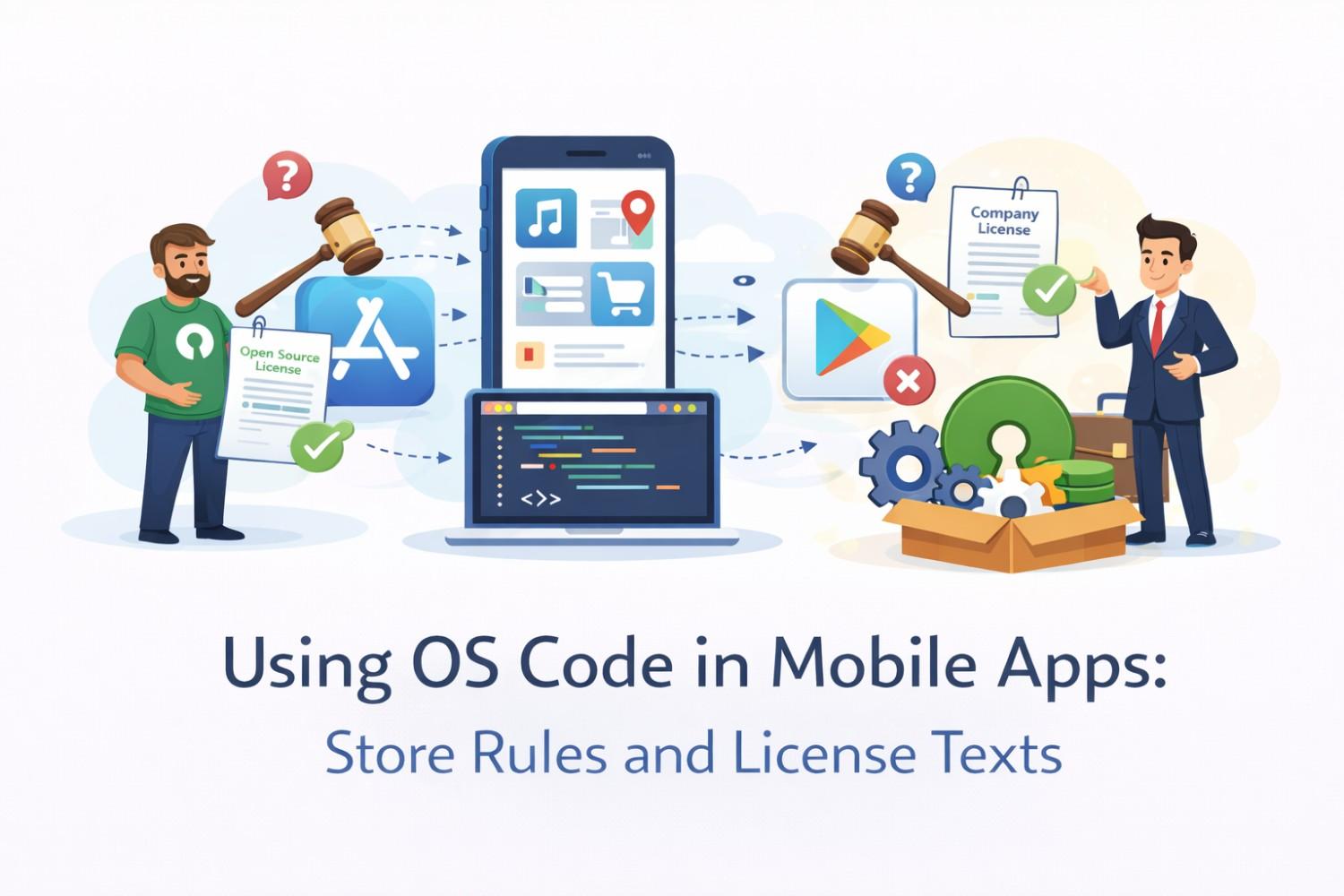
Using OS Code in Mobile Apps: Store Rules and License Texts
If you build mobile apps, you are already using open source code, even if you do not realize it. Every mobile app today sits on layers of shared code. Operating systems, system libraries, SDKs, and tiny helper files written by strangers across the world. This shared code makes it possible to build fast, ship often,…
-
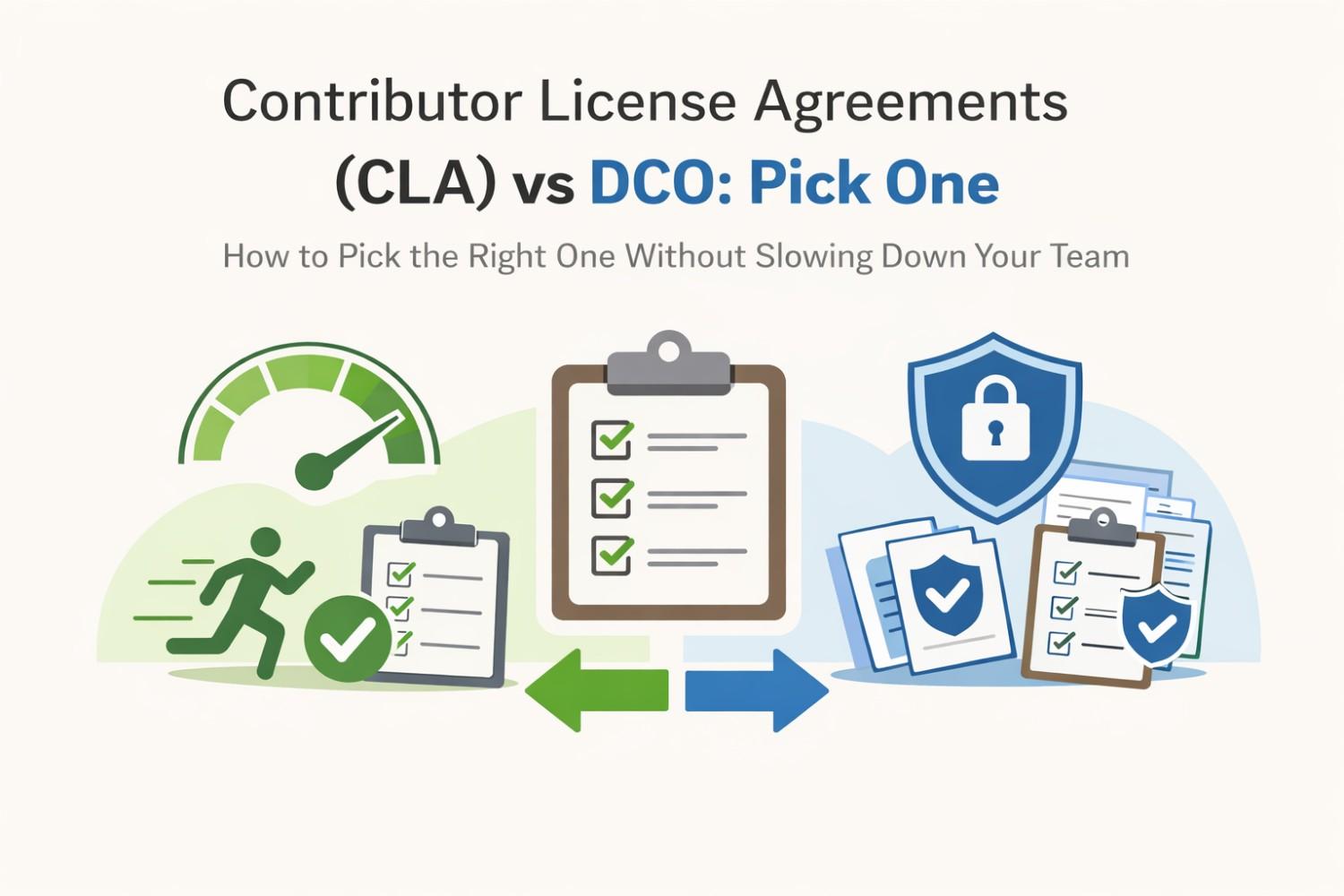
Contributor License Agreements (CLA) vs DCO: Pick One
If you build software in the open, this question will hit you sooner than you expect. Someone sends a pull request. It looks great. You want to merge it fast. Then a quiet fear pops up: Do we really own the rights to this code?That fear is not silly. It is one of the most…
-
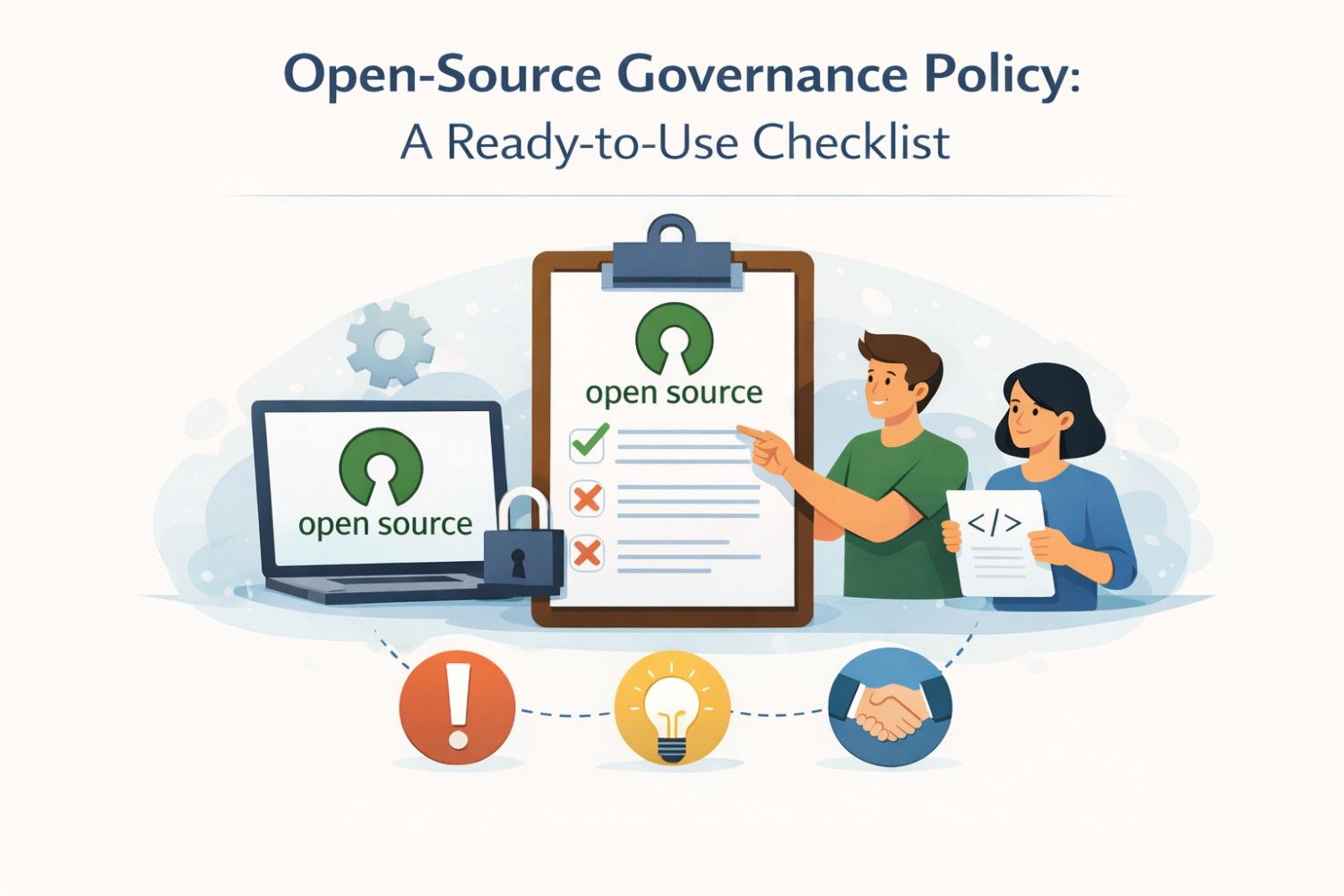
Open-Source Governance Policy: A Ready-to-Use Checklist
Open source moves fast. Faster than most teams expect. One day you copy a small library to save time. A few months later, that same code sits deep inside your product, your pitch deck, and your future valuation. That is where things get risky. An open-source governance policy is not about rules for the sake…
-
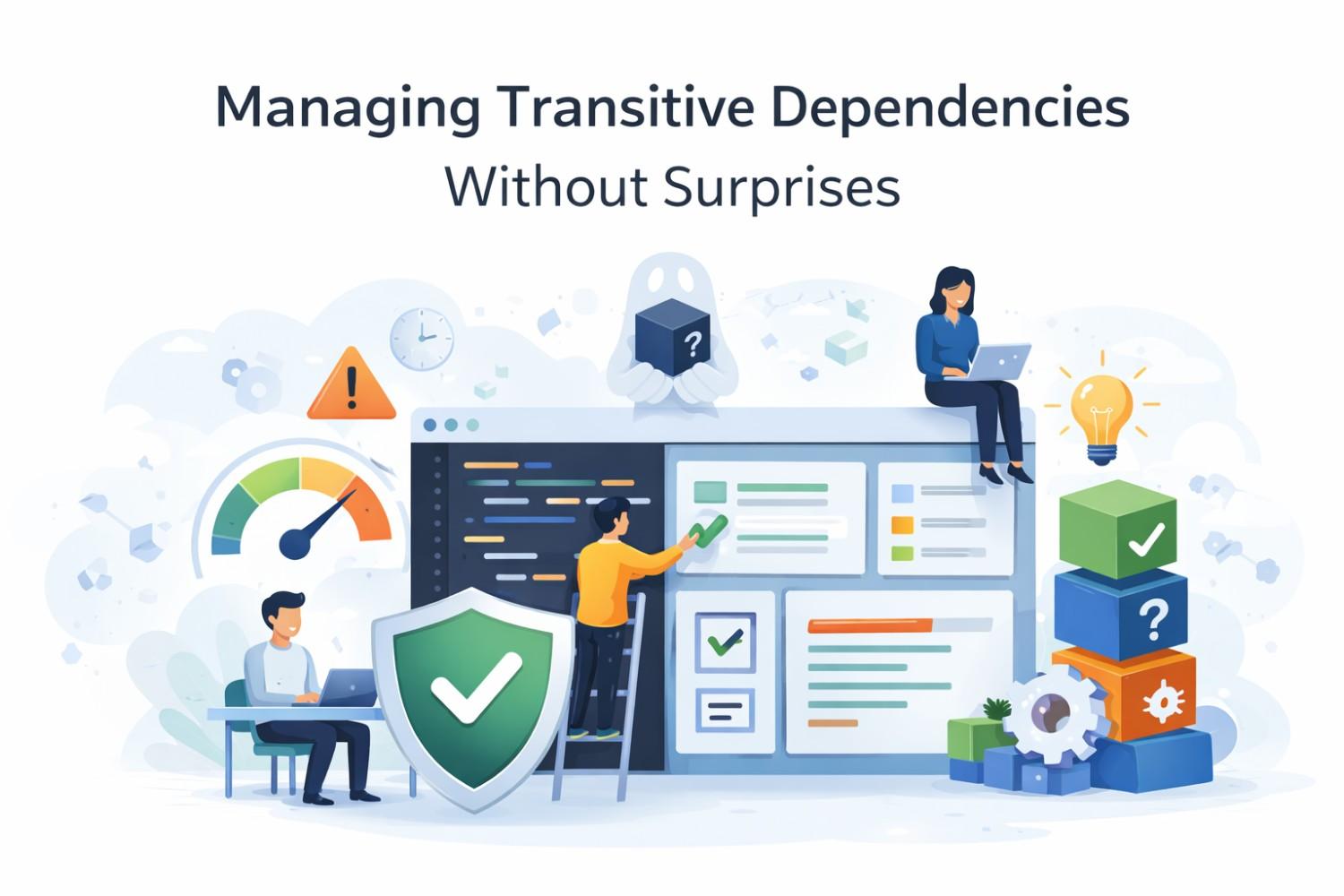
Managing Transitive Dependencies Without Surprises
Most teams do not break because of bad ideas. They break because of small things they did not see coming. One of the biggest of those small things is transitive dependencies. If you build software, you already depend on other code. That is normal. What is not normal is when hidden code you never chose…
-
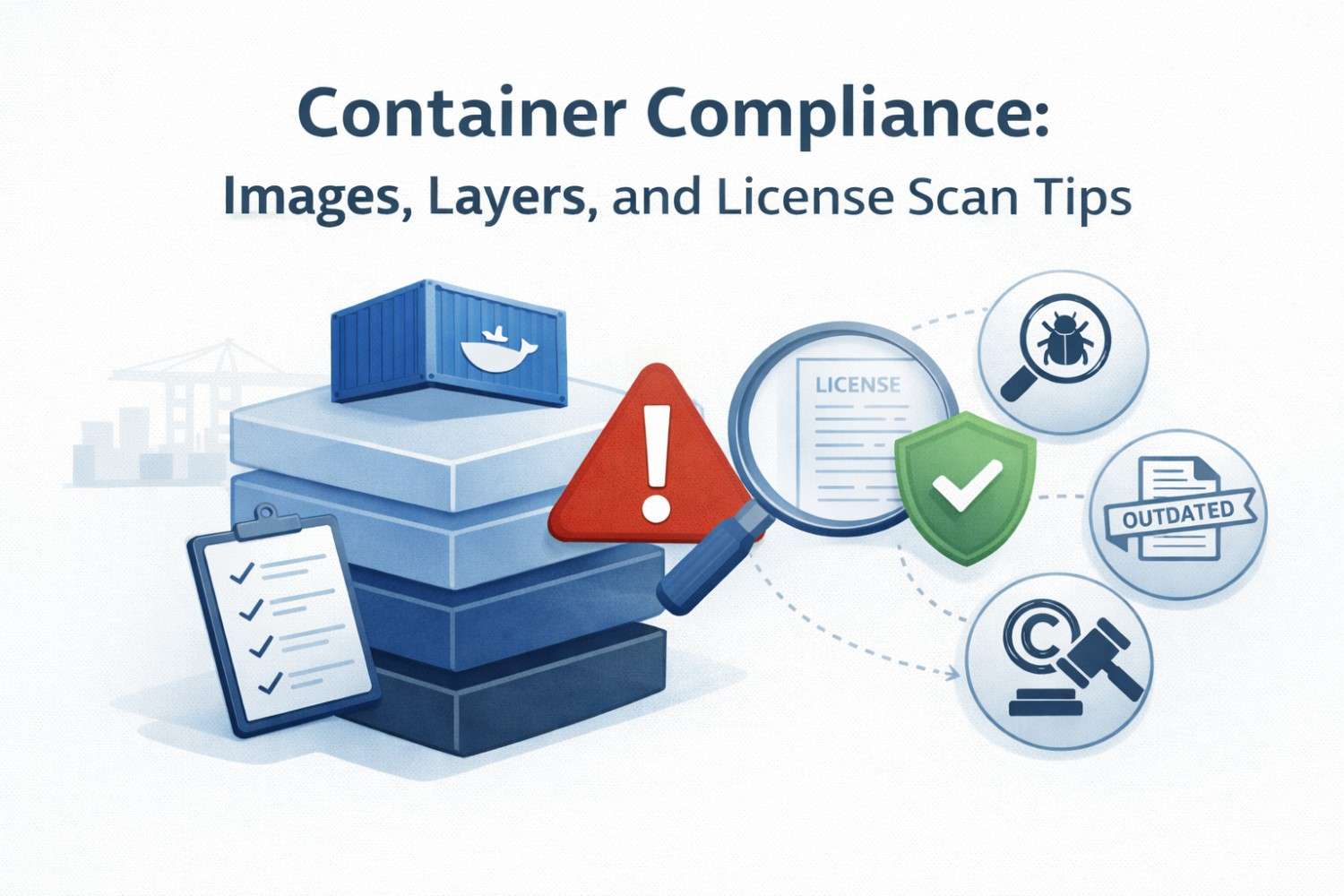
Container Compliance: Images, Layers, and License Scan Tips
Most teams ship containers every day. Few stop to ask what is really inside them. That gap is where risk lives. One small mistake in a container image can turn into a security issue, a license problem, or a hard stop during a deal. This article is about closing that gap in a clear and…
-
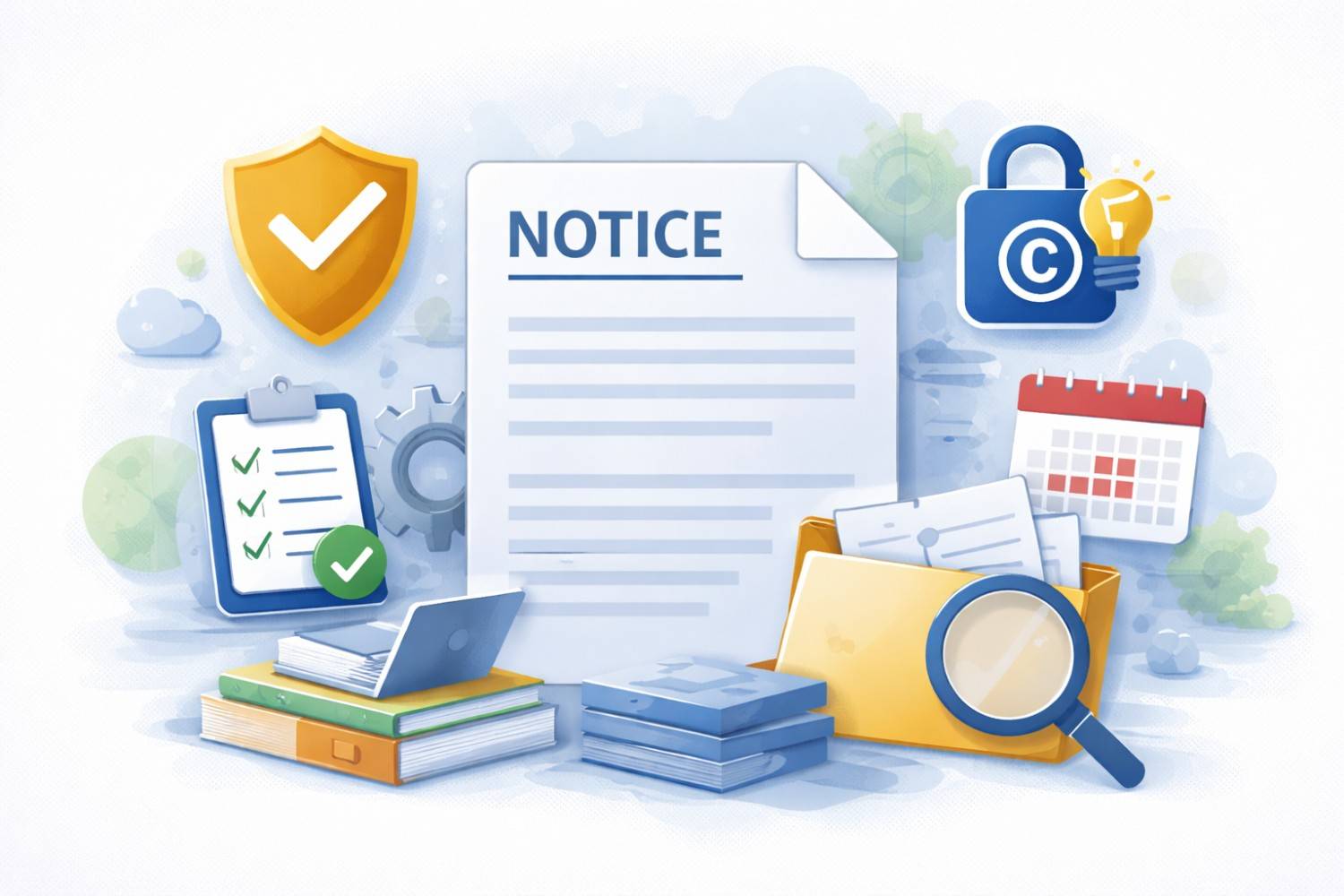
Third-Party Notices: How to Build a Clean NOTICE File
If you ship software, you are already carrying legal risk, whether you know it or not. Every library you pull in, every package you install, every snippet you copy adds rules. Some of those rules are light. Some are strict. All of them expect one thing from you: credit. That credit lives in one place.…